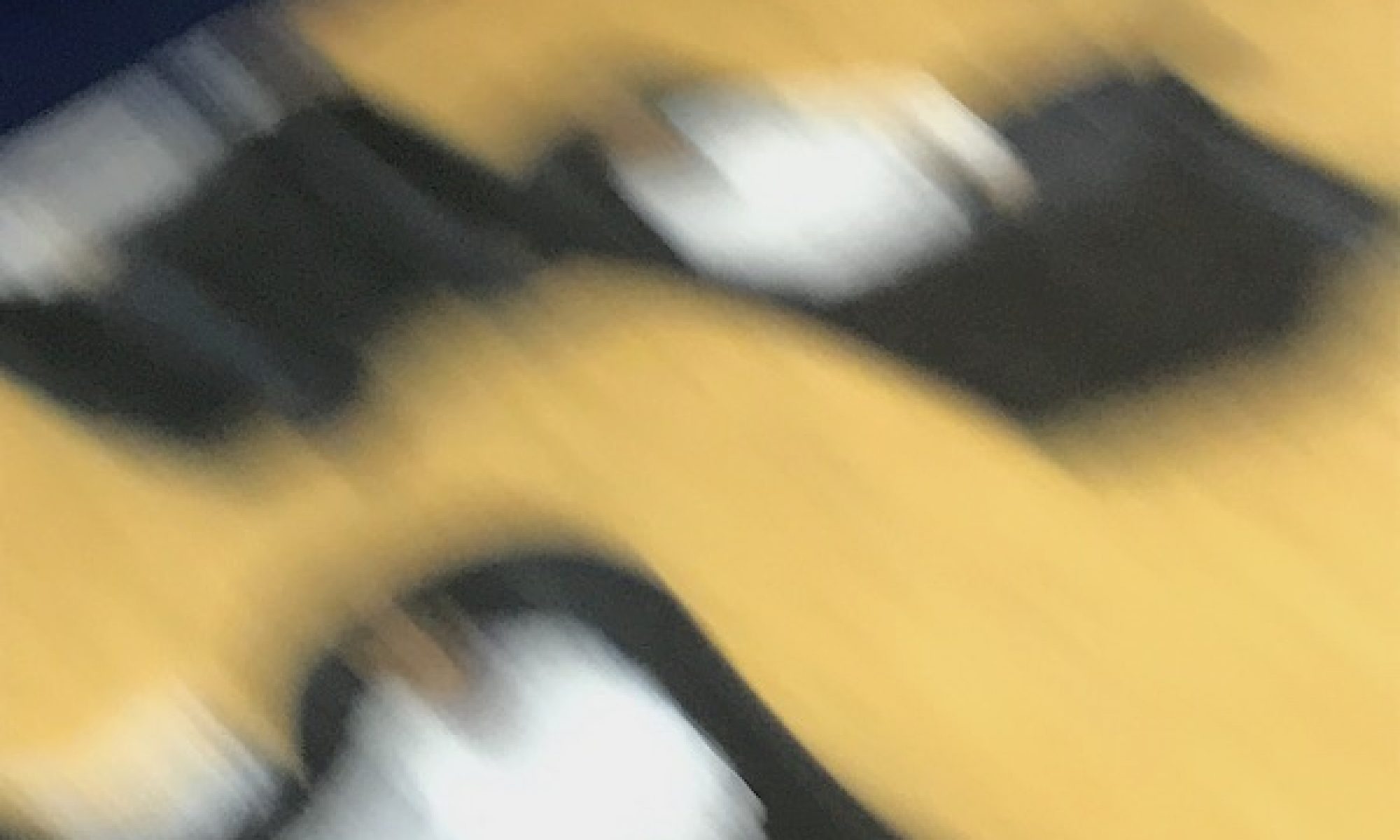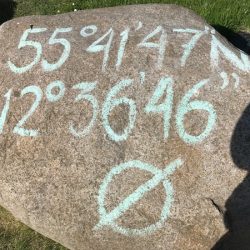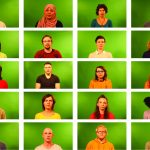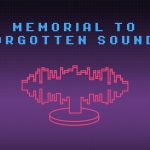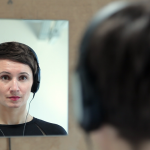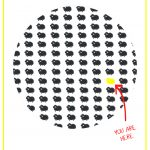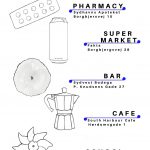Introduction
“Mixed- up times are overflowing with both pain and joy — with vastly unjust patterns of pain and joy, with unnecessary killing of ongoingness but also with necessary resurgence. The task is to make kin in lines of inventive connection as a practice of learning to live and die well with each other in a thick present. Our task is to make trouble, to stir up potent response to devastating events, as well as to settle troubled waters and rebuild quiet places. In urgent times, many of us are tempted to address trouble in terms of making an imagined future safe, of stopping something from happening that looms in the future, of clearing away the present and the past in order to make futures for coming generations. Staying with the trouble does not require such a relationship to times called the future. In fact, staying with the trouble requires learning to be truly present, not as a vanishing pivot between awful or edenic pasts and apocalyptic or salvific futures, but as mortal critters entwined in myriad unfinished configurations of places, times, matters, meanings.” Donna Haraway, Staying With the Trouble, Duke University Press, 2016. p. 1
The exhibition TimeMatters shows the work by students in the Erasmus Media Arts Cultures Master Program. This work is special because it combines critical theoretical reflection and practice-based research in the academic study of media art and technoscience. The 19 students come from 15 different countries around the world and are represented in 5 teams, each of which have finished the projects presented at this site.
Moreover, the students have learned to ‘stay with the trouble’ of representing, experiencing and contextualizing media art archives in various post-digital iterations of ‘experience design’. The projects project, debate, argue and investigate issues of non-linear temporality, non-human materiality, post-digital memory configurations, and the patterns of human-computer ‘relationship’ of uncertain presents or futures. To identify, and justify, these patterns and their underlying paradigmatic structures is an overarching concern in all the works.
The works are being shown as part of the NIME – New Interfaces for Musical Expression exhibition and conference and are accompanied by an academic poster presentation by the students, as well as a final academic critical paper and analysis.
